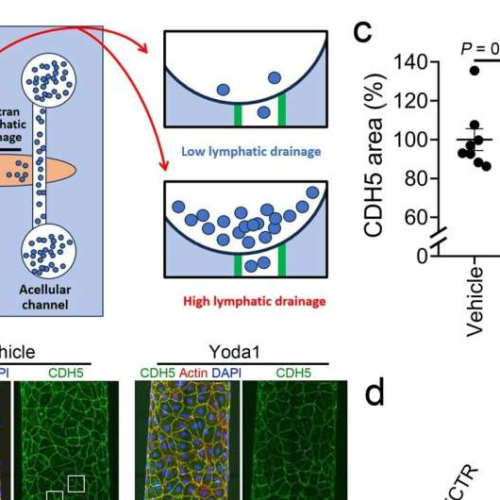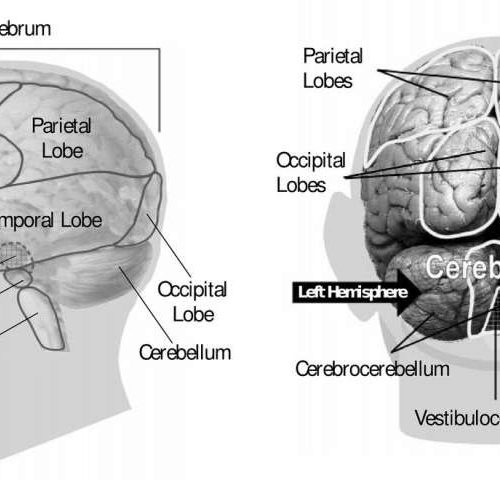Peer-Reviewed Publication Science China Press image: Immunofluorescent images of S100β (red, ependymal cells) in the ependyma of Nestin–Cre and Rgs22f/f;Nestin–Cre mice at P21. By staining S100β, we assessed the integrity of LV wall in Rgs22f/f;Nestin–Cre mice. Compared to control mice (Nestin–Cre), a disrupted ependymal cell layer was observed in Rgs22 cKO mice. Photo credit: Xue Pang and Lin Gu. Credit: Photo credit: Xue...
Tag: <span>hydrocephalus</span>
Researcher discovers drug that may delay onset of Alzheimer’s, Parkinson’s disease and treat hydrocephalus
by Ali Davis, University of Southern California MAY 17, 2024 Piezo 1 Activation Decreases the CDH5-stained Area and Increases Drainage of Lymphatic Vessel Mimetics in Polydimethylsiloxane (PDMS) Chip. (a) Schematic illustration of the 3D lymphatic vessel model used for this study. (b) Fluorescence confocal images of the engineered lymphatic vessels stained for F-actin and CDH5....
New Insights by Mass General on the molecular mechanism of hydrocephalus could lead to the first-ever non-surgical treatment
MASSACHUSETTS GENERAL HOSPITAL BOSTON – Mass General researchers have discovered a novel molecular mechanism responsible for the most common forms of acquired hydrocephalus, potentially opening the door to the first-ever nonsurgical treatment for a life-threatening disease that affects about a million Americans. As reported in the journal Cell, the team uncovered in animal models the pathway through which infection or...
New drugs on the horizon for stroke and hydrocephalus
Every 40 seconds, someone in the United States is having a stroke. The disease is one of the leading causes of short-term disability and kills about 140,000 Americans a year. One of the most dangerous side effects of strokeis brain swelling, which can block blood from flowing into the brain and cause severe brain damage,...


